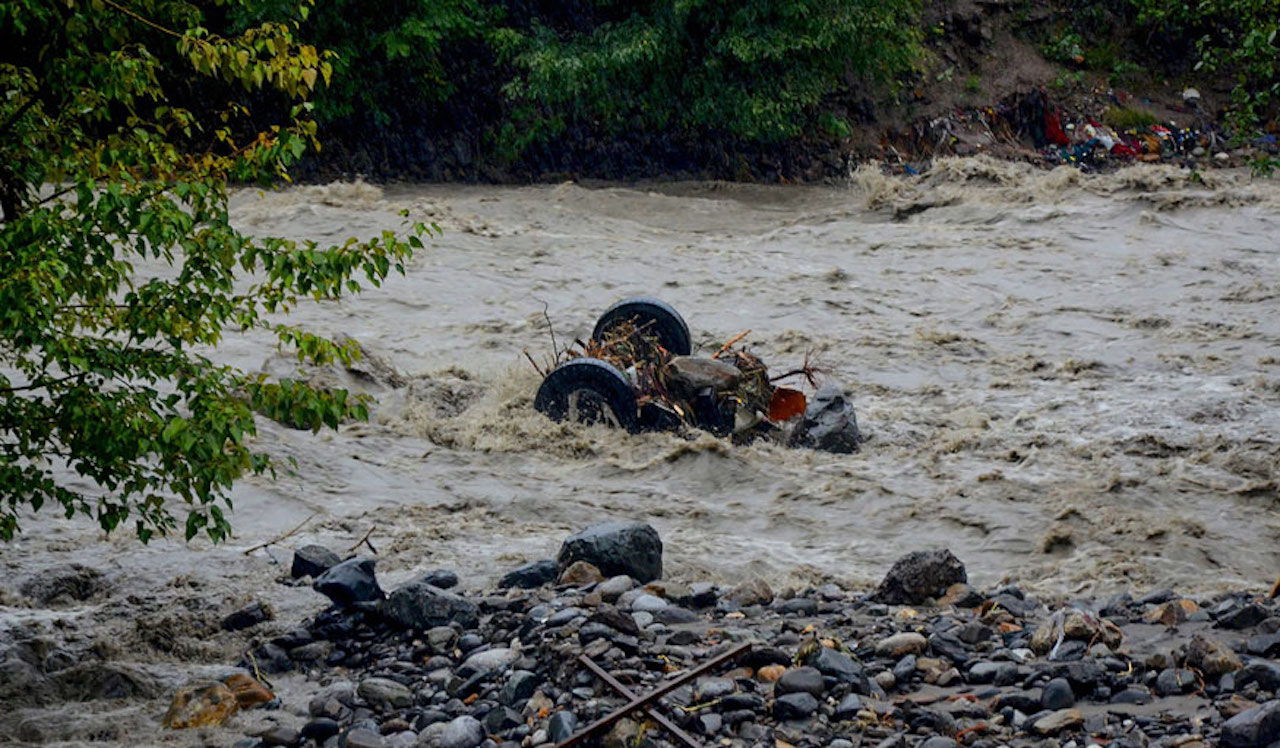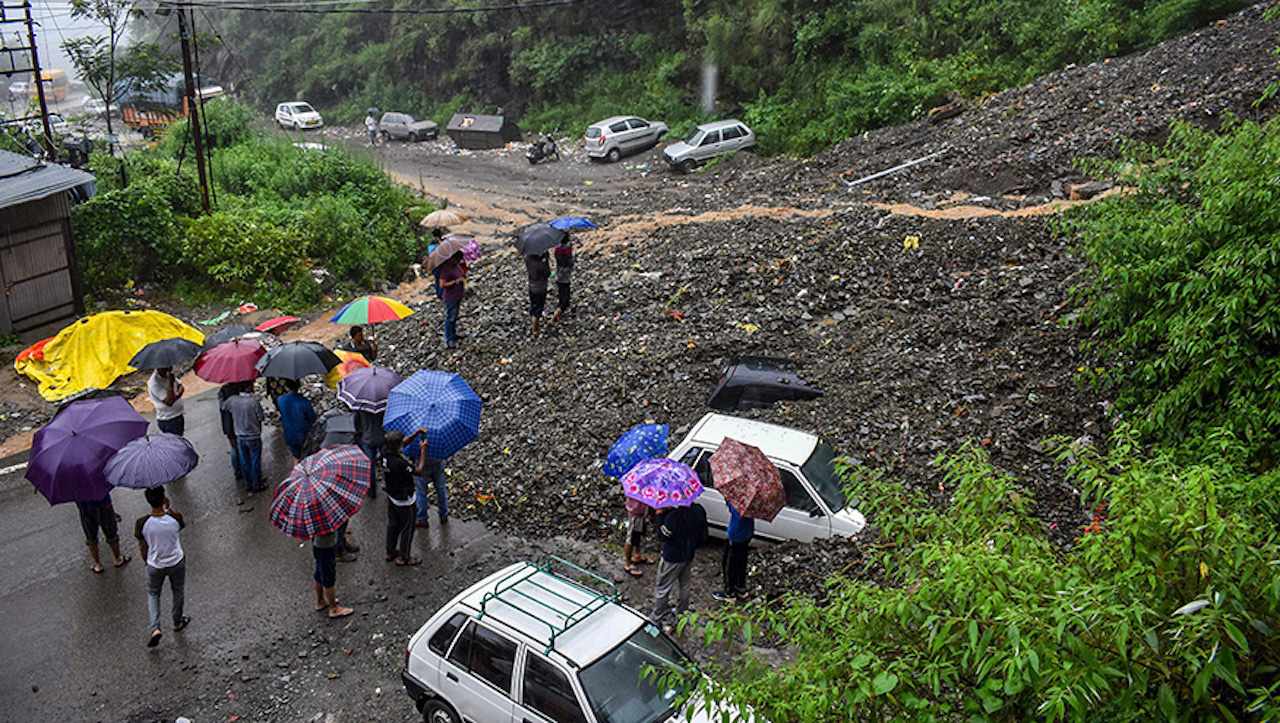Kullu Sees Cloudburst, Flash Floods – Evidence of Climate Change
Malana village and Manikaran are cut off from the entire state after cloudburst and flash floods - at least six to seven people are missing

Image: News18
Himachal Pradesh, which is facing ceaseless rainfall since Tuesday night, has been now hit with cloudbursts and flash floods in Malana Village and Manikaran valley in the Kullu district on Wednesday. According to State Disaster Management Director, Sudesh Mokhta, four to six people are missing after the cloudburst in Chojh village in Kullu’s Challal panchayat at around 6 am.
After the incident, at least seven people are feared to be washed away by heavy rains and flash floods. More than 25 employees, who were working at the district’s Malana power project, were also rescued from a damaged building after the flash floods.
In Manikaran, around four people are feared to be washed away and the Parvati River bridge also collapsed after the heavy flash floods. Even three people are feared drowned in various parts of Kullu due to heavy rains.
#WeatherUpdate | Cloud burst in Himachal Pradesh’s Kullu, loss of life feared pic.twitter.com/SdGvgw7qNV
— NDTV (@ndtv) July 6, 2022
Even some camping sites were damaged in the Kasol area by the flash flood. Plus, six cafes on the river bank were also washed away. Besides the collateral destruction, another heavy damage was to vehicles due to landslides.
Indicator of climate change in the Himalayas
The cloudburst happens when moisture-rich air gets into a mountainous region. It further forms a vertical column of clouds called Cumulonimbus clouds. Such clouds further lead to thunder, rain, and lightning. The clouds’ upward movement is called the ‘orographic lift’. Just because of such unstable clouds, often heavy rainfall occurs over a small area.
Due to the upward movement of clouds, enough energy generates for a cloudburst. It often happens at around 1,000 to 2,500 metres above sea level. This leads to sudden and brief extremely heavy rainfall that’s localised to a specific area.

Image: News18
The increasing flash floods and cloudburst incidents in the region are a result of changing climate. Since oceans are warming up rapidly, the moisture-rich air gets to the Himalayan region. It further leads to cloudbursts, which are likely to increase due to higher levels of moisture coming from the Indian Ocean. Nonetheless, the rising temperature and cloudbursts in the Himalayan region are still subjected to further research.
Heavy showers expected to continue in Kullu & other regions
Coming back to the morning cloudburst incident in Kullu, all water sources in Manikaran valley are experiencing very high water discharge. After this incident, the authorities at Pandoh, Larji, and Bilaspur are also on high alert.
That’s because the heavy showers are estimated to continue across Himachal Pradesh until the weekend. However, their intensity will reduce slightly after Thursday, according to India Meteorological Department’s (IMD) prediction.
Via: Telegraph India


